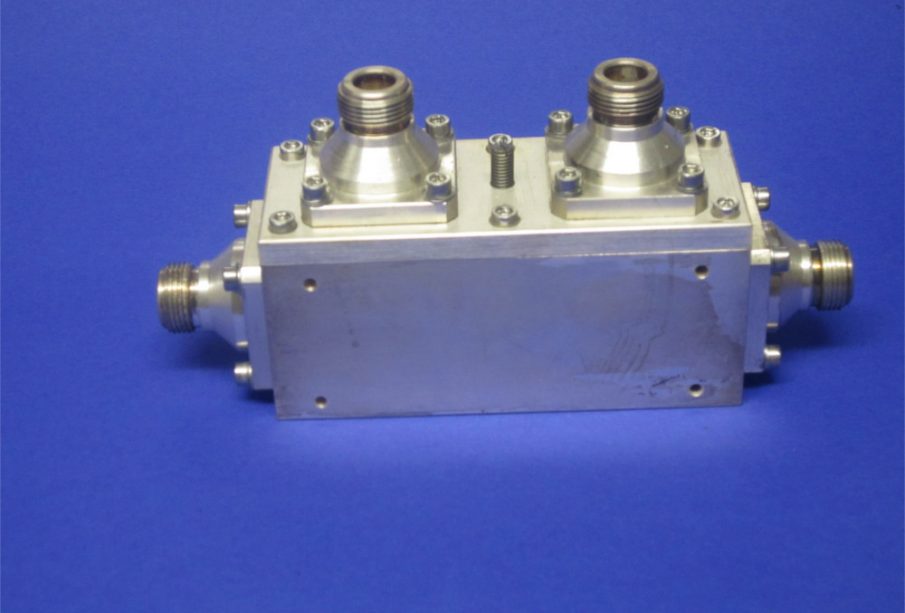How To Choose Directional Couplers

When choosing directional couplers, you must consider all of the characteristics and find the one that fits your needs. Here are some of the most common things to think about while shopping for these devices.
Bandwidth
The bandwidth is the width of frequencies that the device can work with. Note, this number will be given in hertz.
Rated Input Power
All power dividers have an input rating. This is the maximum amount of power that the coupler can accept without experiencing damage or degrading the signal.
Insertion Loss
This is the amount of power that is lost by inserting the coupler into the transmission line. This number is expressed in decibels.
Frequency Flatness
The frequency flatness is the ability of the device to respond to the differences in frequencies of the signal being input to the coupler. This number is also given in decibels.
Coupling Coefficient
The coefficient is a calculated ratio between the input and output power. The coefficient is the most important characteristic you will need to look at while shopping for couplers. Knowing the coefficient allows you to know exactly how much power will come from the output port. That ensures that you can tie sensitive equipment, such as an oscilloscope, to the line without the threat of overloading it.
Isolation
This is the ratio of power that is sent from the input to the isolation port. This number is expressed in decibels.
Directivity
Directivity is the ratio of power at the output and isolation ports. With most couplers, this can easily be calculated by identifying the coupling coefficient and the isolation. When you are searching, keep in mind that the higher directivity is, the better the coupler. However, directivity cannot be measured; it must be calculated.
Couplers are something that can be hard to pick out. However, there are quite a few characteristics that you can use to narrow your selection while shopping. Think about all of the things in this guide to get the best fit for your application.










